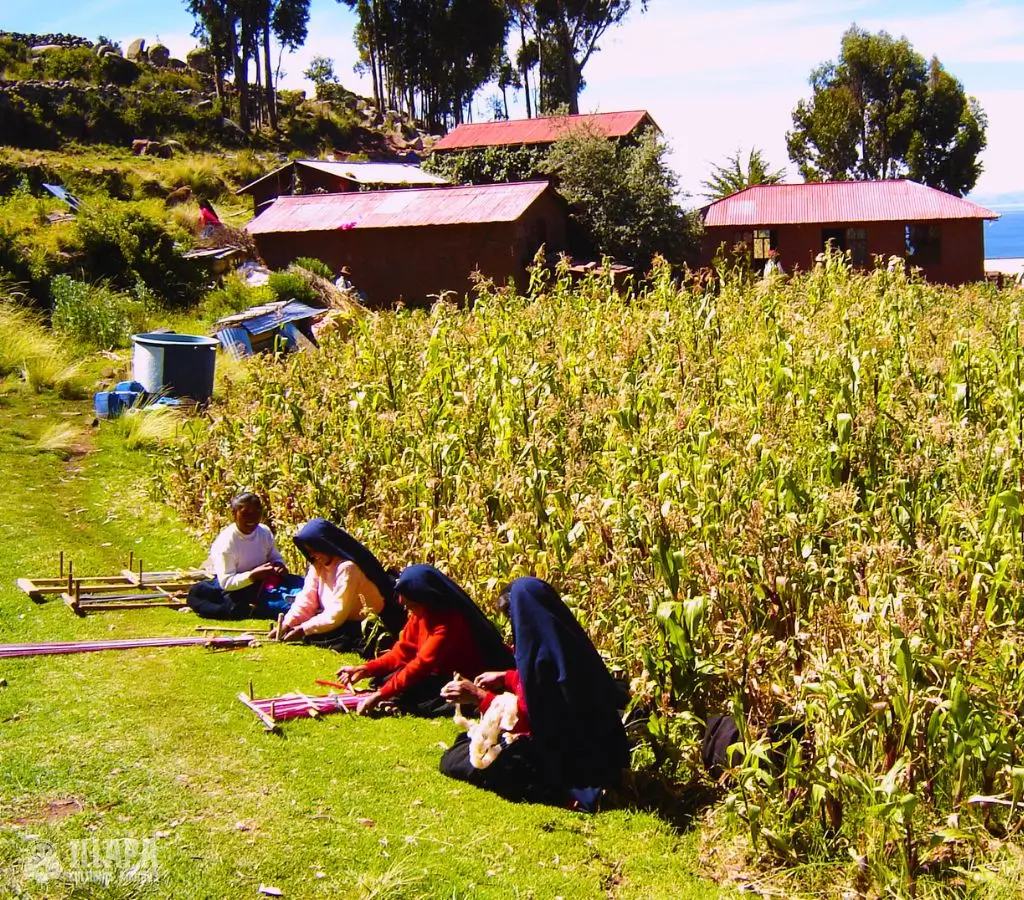Amantaní Island, located in Lake Titicaca, is one of the inhabited islands and is approximately 35 kilometers from Puno. It stands out for its beauty, nature, and cultural traditions, offering visitors the chance to participate in ceremonies and visit archaeological sites.
Amantaní Island is known for its natural beauty and rich culture, linked to ancient civilizations of the region. Its ancestral traditions attract tourists, offering a unique experience.
This destination has become a fascinating place to learn about the history and local customs, making each visit a memorable cultural experience.
Amantaní Island is located in Lake Titicaca, in Puno, Peru, at an altitude of 4,150 meters. This lake, shared between Peru and Bolivia, is one of the highest lakes in the world.
To get to Amantaní Island, tourists take a boat from Puno, about 3 hours away. During the trip, visitors can enjoy stunning views of Lake Titicaca.
Amantaní Island offers a variety of tourist activities to satisfy the interests of visitors and to showcase the locals' way of life.

The culture of Amantaní Island is based on ancestral traditions that locals keep alive and pass down through generations, preserving their customs deeply.
With these activities, they invite tourists to participate in cultural exchanges, learn about local crafts, music, and dance, among other cultural aspects:
Amantaní Island is full of myths and legends that have been passed down through generations, many of which are related to the creation of Lake Titicaca and its natural surroundings. The most well-known is the legend of Manco Capac and Mama Ocllo, who, according to tradition, emerged from the lake and founded the Inca Empire in Cusco.
Another legend tells that people lived in harmony in a fertile valley under the protection of the Apus gods. However, when they disobeyed the command not to climb the mountains, an evil being tempted them, and the gods sent pumas to punish them. Only one couple survived, and the crying of the Sun god formed the Lake Titicaca we know today.
The island has important archaeological sites such as the ceremonial centers of Pachata on the Coanos hill and Pachamama on the Llaquisti hill; both locations still hold annual ceremonies and rituals, keeping ancestral traditions alive.
The cuisine on Amantaní Island is a key part of the experiential tourism, offering traditional dishes made with fresh local ingredients. Visitors can enjoy this authentic experience when they are welcomed by local families who let them try the typical food of the region.
On Amantaní Island, visitors can stay in local houses, allowing them to experience the daily life of the inhabitants and learn about their culture. The rooms are comfortable and suitable for resting in this peaceful town.

To fully enjoy the experience on Amantaní Island, it is important to consider the weather, altitude, languages, and more.
Visit Lake Titicaca with Illapa Culturas Andinas; your experience will be unique and unforgettable, and you will enjoy it with your loved ones.


